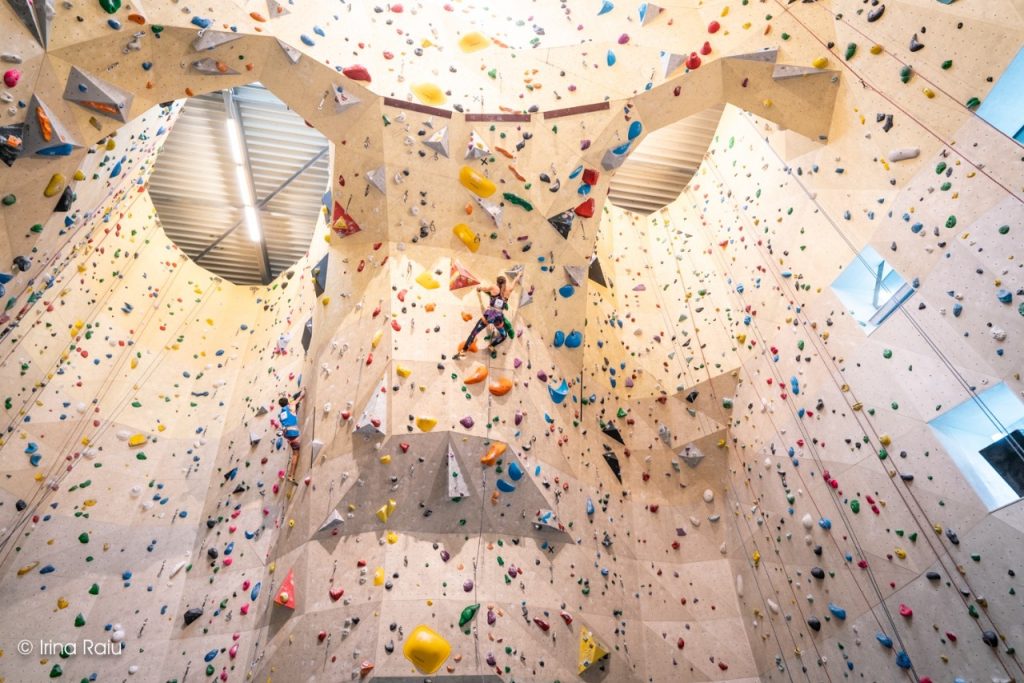Climbing classes provide structured learning experiences for people desperate to examine the vertical world. These programs cater to climbers of degrees, from newcomers taking their first measures on the wall to experienced experts seeking to refine their abilities or undertake new challenges. Usually, hiking classes are designed and light emitting diode by experienced instructors who impart their knowledge, expertise, and passion for climbing to participants.
The curriculum of a hiking class frequently covers a wide variety of topics required for safe and enjoyable climbing. Novices may learn essential abilities such as for instance tying troubles, belaying practices, appropriate gear consumption, and fundamental hiking movement. Advanced programs might delve into heightened subjects like lead hiking, anchor making, option studying, and chance management. Advanced courses may possibly focus on specific processes for different types of climbing, such as for example trad hiking, game hiking, or bouldering, along with advanced recovery and self-rescue skills.
Hands-on training is a central element of hiking classes, allowing participants to apply what they’ve realized in a controlled environment under the guidance of instructors. Hiking gyms, outdoor crags, and particular instruction features offer the right locations for sensible talent development. Participants receive individualized feedback and teaching from instructors, helping them refine their practices and construct self-confidence on the wall.
Beyond specialized skills, climbing classes often emphasize essential factors such as climbing ethics, environmental stewardship, and risk assessment. Members learn about Leave Number Track principles, responsible outside conduct, and the significance of preserving hiking parts for future generations. Also, they gain ideas into the intellectual aspects of hiking, such as for example goal placing, overcoming fear, and maintaining target and awareness during difficult climbs.
Many hiking classes also offer possibilities for community making and camaraderie among participants. Hiking is inherently a cultural task, and courses supply a supporting environment wherever climbers may connect, share experiences, and inspire each other to push their limits. Whether it’s cheering on a other climber because they handle an arduous option or celebrating accomplishments together at the conclusion of the program, the sense of camaraderie fosters a strong feeling of belonging within the hiking community.
Security is paramount in climbing, and hiking courses prioritize training individuals how to assess and mitigate dangers effectively. From appropriate equipment examination and maintenance to crisis techniques and interaction practices, players understand essential security practices that are crucial for a safe climbing experience. Instructors generate a lifestyle of safety awareness and encourage players to produce informed choices while climbing independently.
Climbing classes frequently offer a pathway for individuals enthusiastic about seeking hiking as a career or becoming licensed instructors themselves. Accreditation applications and mentorship opportunities offer ambitious instructors with working out and guidance they kurs wspinaczki teach hiking abilities effectively and responsibly. Through a variety of class training, practical knowledge, and mentorship, members gain the information and assurance to cause hiking programs and reveal their passion for climbing with others

.
To sum up, hiking courses present important understanding activities for climbers of levels, providing a structured pathway for ability development, particular growth, and community engagement. Whether it’s mastering standard techniques, improving advanced skills, or pursuing a career in climbing training, individuals take advantage of expert instruction, hands-on training, and a supporting learning setting that fosters a ongoing love for climbing.